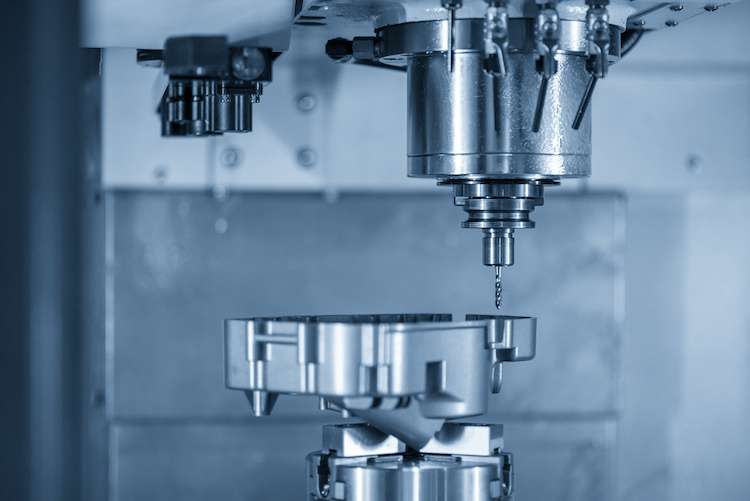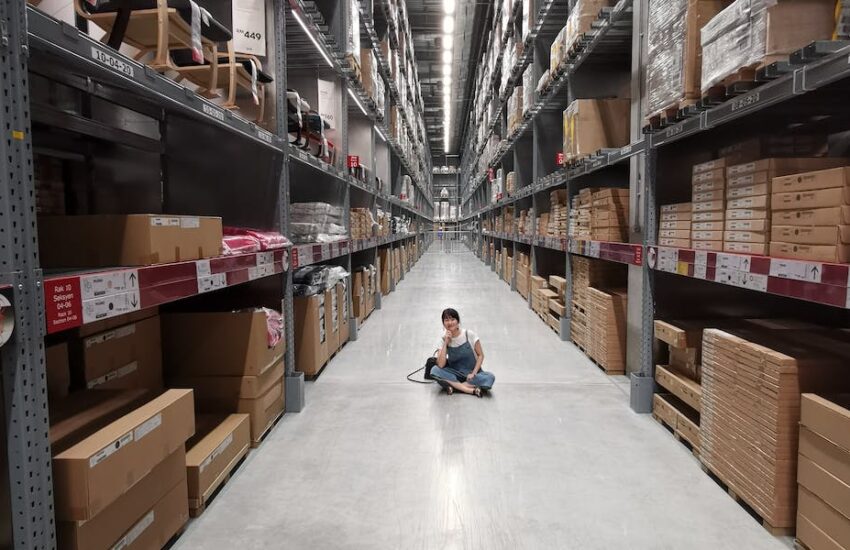Learn what is Die Casting, Functionality, and Procedures
One of the quickest and inexpensive forming processes is precision die casting. The benefits of this production process are that a lot of casting can be produced. Adequately fast by using just one mold. All components manufactured have equal quality and involve small unit costs.
All about Die Casting
Die casting is an electronic casting process wherein the liquid melt is pressed into a mold. At a high filling speed up to 540km/h and under high pressure 150 to 1200 bar. Usually used are the alloys with the least melting point. This casting process is suitable for the series and volume production of components. It is possible to make complex components and produce large ones with low wall thickness.
Precision Die Casting is the process of producing. Which injects and pours molten metals. Into molds produced from compressed sand, steel, and other materials. This permits every part to be made with accuracy and repeatability. Precision die casting is a kind of precision casting procedure. That flows molten alloy into the pressure chamber. To make the alloy liquid harden under pressure to form castings. Precision die casting has several advantages.
Advantages of Precision die Casting
- Good product quality- the size precision is high. Equal to grade 6-7, even up to grade 4. It has a good surface finish equal to 5-8, the hardness and strength are high. 25-30% higher compared to that sand casting. The complex castings can be die-cast and the interchangeability is good. It can reach 0.3mm the least wall thickness of zinc alloy.
- High production efficiency- the machine capacity is high. The die casting mold has a long-lasting life. Life can reach a thousand times, even millions. It is simple and easy to realize automation and mechanization.
- Good economic effect- due to the accurate size of the die casting. The surface is clean and bright. Normally, it is no longer used for processing or machining the amount. So it not only enhances the metal use rate. Yet, also lessen a huge number of preparing equipment and working hours. It can embrace combined die casting with non-metal or metal materials. It can save both metal and assembly time.
Functionality and Procedures
There are two various ways of manufacturing components in die casting. The cold chamber die casting and hot chamber. The mold is sprayed in both manufacturing processes. A release agent before the casting process to make sure that the later cast part. Can be removed easily from the mold. The contrast between both processes lies in the form of the casting chamber.
- Cold Chamber Die Casting Method- are built in a way that the casting set is detected outside the melt. To make a component, the alloy is completed into the casting. And pressed into the die casting mold through passages. This method is acceptable for materials with a greater melting point. The casting processes can be separated into various steps.
- Curing of the component under high pressure
- Quick filling of the casting mold with the alloy
- Opening of the mold and eliminates of the component
- Hot Chamber Die Casting Method- an attribute or feature of hot chamber die casting. The casting chamber is always in contact with the liquid alloy. This method is used for alloys with a low melting point. Such as lead, tin, or zinc.
Nonferrous metals in die casting are used to manufacture components. And the selection of alloy for a distinct application. Depends on the weight, budget, and material properties. One of the most essential materials used is aluminum. With a share of 80% more. Followed by magnesium and zinc. It was around 1914, work began on aluminum alloys and zinc that provides greater strength.




